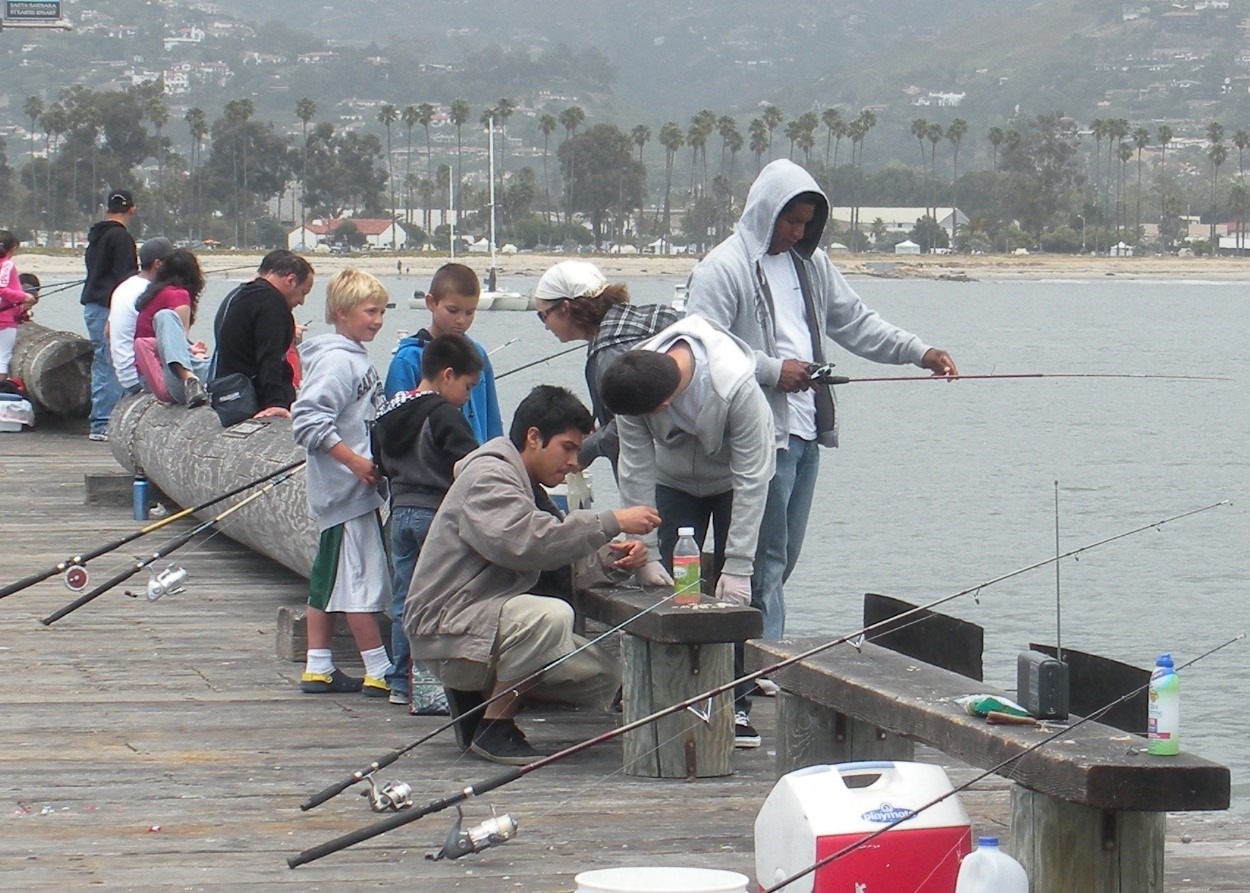Framework approved to assess sediment’s impacts on humans

The State Water Board has approved a standardized sediment assessment framework intended to better protect the health of humans who consume seafood caught in California’s enclosed bays and estuaries, the latest development in SCCWRP’s efforts to improve management of legacy sediment contamination.
The framework, described in a SCCWRP technical report, defines for environmental managers how to assess compliance with a statewide regulatory program intended to reduce the ecological impacts of sediment contamination on humans, who can be exposed via food web transfer. Already, the framework has been applied to the Los Angeles/Long Beach Harbors area and the Dominguez Channel that drains to it.
The State Water Board approved the framework on June 5 in Sacramento; next, it will undergo review by California’s Office of Administrative Law and U.S. Environmental Protection Agency, Region 9.
If the framework receives final approvals, it will become the official method for implementing California’s Sediment Quality Objective (SQO) for protection of human health. The human health SQO – one of three adopted by the State Water Board in 2008 for enclosed bays and estuaries – consists of a one-sentence regulatory target that calls on sediment contamination to not be present “at levels that will bioaccumulate in aquatic life to levels that are harmful to human health.”
SCCWRP and its partners have spent more than a decade conceptualizing, building and vetting the human health SQO framework to create a standardized technical definition of what it means to be in compliance with this regulatory target. Application of the framework in the L.A./Long Beach Harbors area over the past five years has served as a key case study for test-driving the utility of the new framework.
California’s sediment management community will use the framework to assess compliance with TMDLs (Total Maximum Daily Loads) and other regulatory compliance programs intended to better protect humans from sediment contamination in enclosed bays and estuaries.
Compliance-based programs already in existence will not be required to move to the standardized framework, although they will have the option to do so. Historically, these programs have been developed on a water body-specific basis, leading to inconsistencies in technical approaches statewide.
The framework is not expected to significantly alter existing sedimentquality monitoring programs in California’s enclosed bays and estuaries, although managers may need to adjust their sampling practices and analysis methods, including collecting more fish tissue and water samples to analyze contaminant concentrations.

The human health SQO framework relies on standardized, quantitative indicators of sediment contamination’s human health effects to score the quality of sediment in enclosed bays and estuaries into categories ranging from “unimpacted” to “clearly impacted.” Two types of analyses are conducted:
» Chemical exposure analysis: Sportfish tissue chemistry data are compared to the advisory sportfish tissue contamination levels developed by California’s Office of Environmental Health Hazard Assessment (OEHHA).
» Site linkage analysis: The linkage between site sediment contamination and tissue contaminant concentration is evaluated using bioaccumulation models.
Application of the framework is limited to PCBs (polychlorinated biphenyls) and chlorinated pesticides – two major chemical contaminant classes that drive health risks from consuming contaminated seafood.
The framework is designed to complement California’s SQO assessment framework for the protection of sediment-dwelling aquatic life, which was approved for
regulatory use in enclosed bays and estuaries in 2009. Both frameworks use standardized, quantitative indicators with defined thresholds to provide consistency and statewide comparability.
SCCWRP is continuing to develop tools and resources to assist agencies in implementing the human health SQO framework, including hosting training workshops, preparing a technical support document, and developing data analysis software to streamline analyses.
For more information, contact Steve Bay.
More news related to: Sediment Quality Assessment Frameworks, Sediment Quality Research Plan, Top News